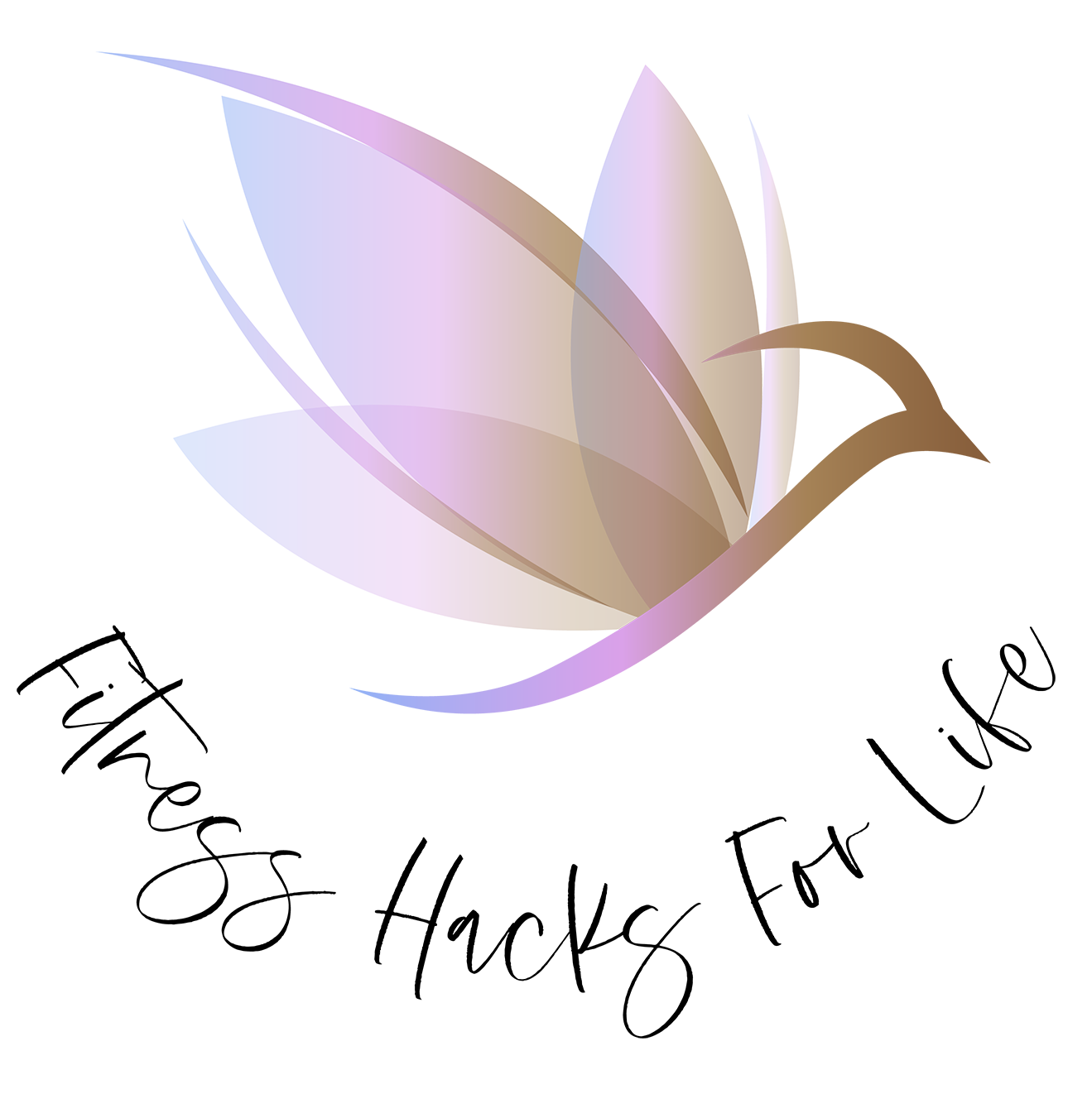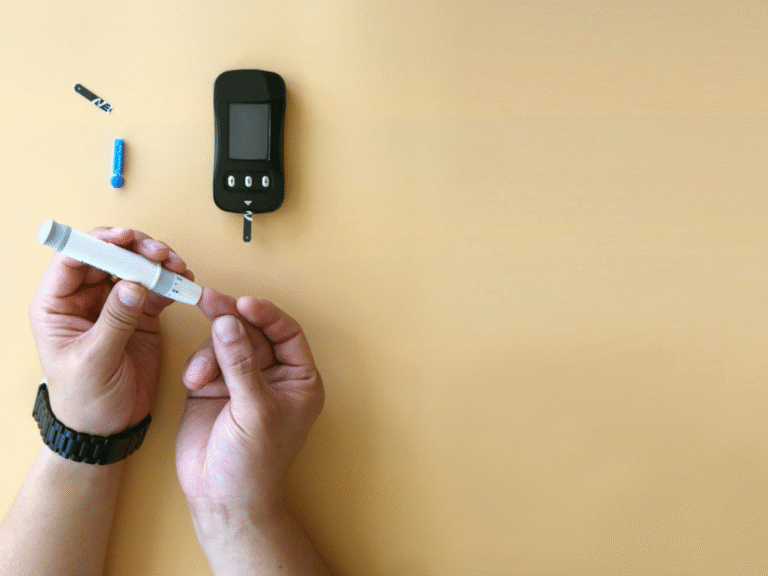The Science of “Flow”: How to Achieve Peak Performance and Happiness
Have you ever been so engrossed in an activity that hours seemed to melt away? Where every action felt effortless, and you were performing at your absolute best? This state of complete immersion and enjoyment is known as “flow,” a concept popularized by psychologist Mihaly Csikszentmihalyi. Understanding and intentionally cultivating flow can unlock peak performance, boost creativity, and significantly increase your overall happiness.
What Exactly is Flow?
Flow is an optimal state of consciousness where you feel and perform your best. It’s a mental state in which a person performing an activity is fully immersed in a feeling of energized focus, full involvement, and enjoyment in the process of the activity. Essentially, flow is characterized by complete absorption in what one does.
Imagine a musician lost in a complex piece, a surgeon meticulously performing an operation, or an athlete perfectly executing a play. In these moments, individuals are experiencing flow. They are not thinking about distractions, self-doubt, or the passage of time. They are simply doing.
Key Characteristics of the Flow State:
Csikszentmihalyi identified several core elements that are typically present when someone is in a state of flow:
- Clear Goals: You know exactly what you need to achieve. The task’s objectives are well-defined.
- Immediate Feedback: You instantly know how well you’re doing and can adjust your actions accordingly.
- A Balance Between Challenge and Skill: The task is challenging enough to be engaging but not so difficult that it causes frustration. It stretches your abilities without overwhelming them.
- Action and Awareness Merge: Your actions become automatic, almost unconscious. You’re not actively thinking about what you’re doing; you’re just doing it.
- Exclusion of Distractions: You’re so focused that all irrelevant thoughts and worries fade away.
- No Worry of Failure: Self-consciousness disappears, and there’s no fear of judgment or making mistakes.
- Transformation of Time: Time perception becomes distorted. Hours can feel like minutes, or vice-versa.
- Autotelic Experience: The activity itself is intrinsically rewarding. You engage in it for the sheer joy of doing it, not for external rewards.
Why is Flow So Powerful?
Flow isn’t just about feeling good; it has profound benefits for various aspects of your life:
- Increased Productivity and Performance: When you’re in flow, you’re working at your peak efficiency and effectiveness. Complex problems become easier to solve, and tasks are completed with greater precision.
- Enhanced Learning and Skill Development: The challenge-skill balance inherent in flow pushes you to develop new abilities and master existing ones.
- Greater Creativity: With distractions removed and self-consciousness gone, your mind is free to make novel connections and generate innovative ideas.
- Boosted Happiness and Well-being: Flow experiences are deeply satisfying and contribute significantly to overall life satisfaction. They provide a sense of purpose and fulfillment.
- Reduced Stress and Anxiety: Being fully immersed in a task provides a respite from daily worries and mental clutter.
How to Cultivate More Flow in Your Life:
While flow often happens spontaneously, you can create conditions that make it more likely to occur:
- Choose Meaningful Challenges: Engage in activities that genuinely interest you and offer a clear sense of purpose.
- Define Clear Goals: Before starting a task, know exactly what you aim to accomplish. Break down larger goals into smaller, manageable steps.
- Seek Immediate Feedback: Choose activities that provide instant feedback on your progress. If not naturally present, create your own feedback loops (e.g., tracking your progress, getting input from others).
- Match Challenge to Your Skill Level: Find the sweet spot where a task is neither too easy (leading to boredom) nor too hard (leading to anxiety). Continuously adjust the challenge as your skills grow.
- Eliminate Distractions: Create an environment conducive to deep work. Turn off notifications, find a quiet space, and minimize interruptions.
- Practice Mindfulness and Focus: Engage in activities that train your attention, such as meditation or focused breathing exercises, to improve your ability to concentrate.
- Embrace the Process: Shift your focus from the outcome to the experience of the activity itself. Find joy in the journey.
- Set Aside Dedicated “Flow Time”: Schedule specific blocks of time for activities where you intend to enter a flow state.
Examples of Flow Activities:
Flow can be found in almost any activity, from professional pursuits to hobbies:
- Work: Writing code, strategic planning, designing, complex problem-solving, crafting a compelling presentation.
- Hobbies: Playing a musical instrument, painting, sculpting, gardening, rock climbing, running, playing chess, coding a personal project.
- Daily Life: Cooking a complex meal, engaging in a deeply engrossing conversation, reading a captivating book.
Conclusion
The pursuit of flow isn’t just a psychological theory; it’s a practical framework for living a more engaged, productive, and joyful life. By consciously structuring your activities and environment to meet the conditions for flow, you can unlock your full potential and experience the profound satisfaction of being completely absorbed in what you love to do.








